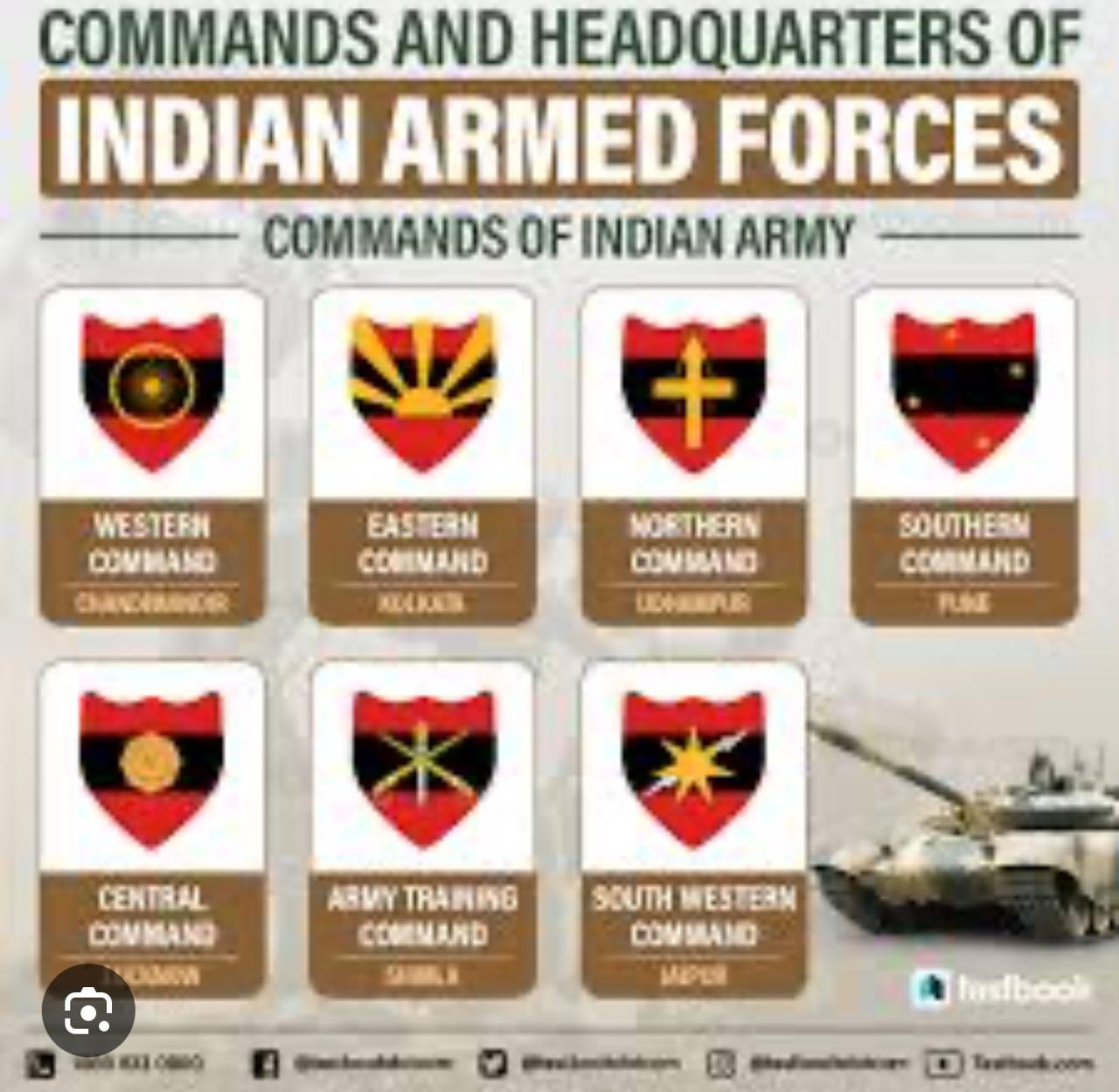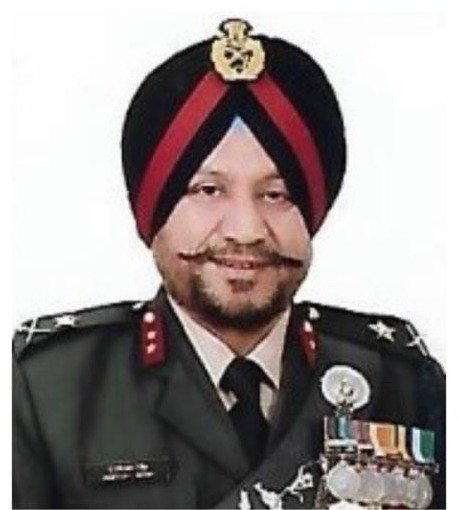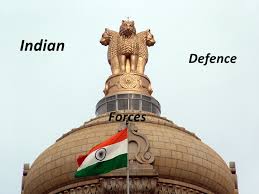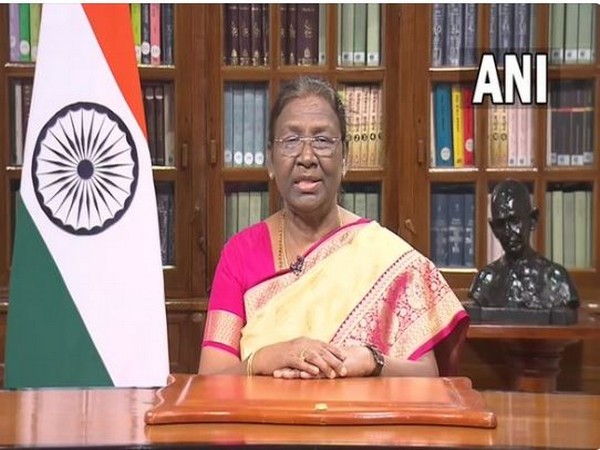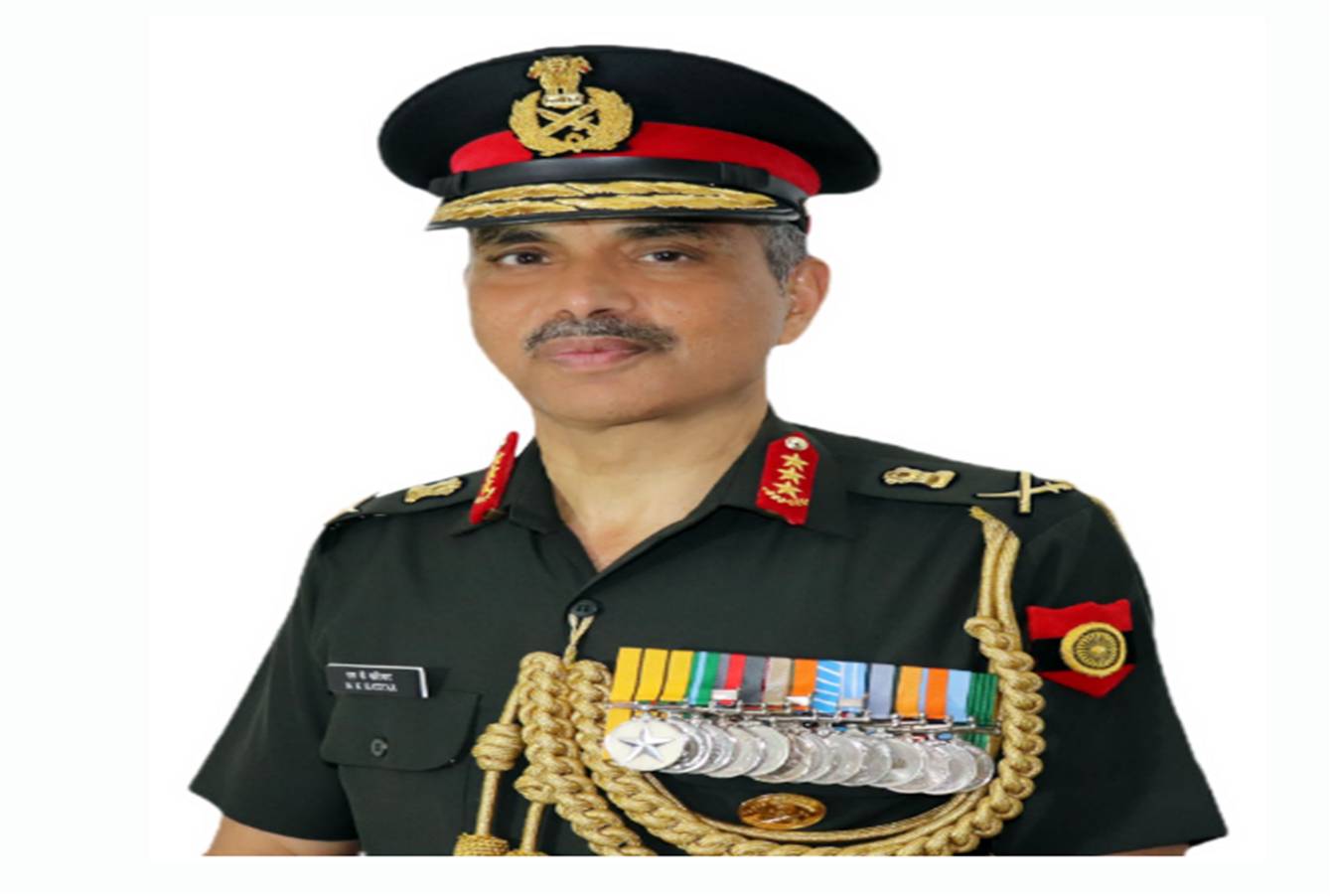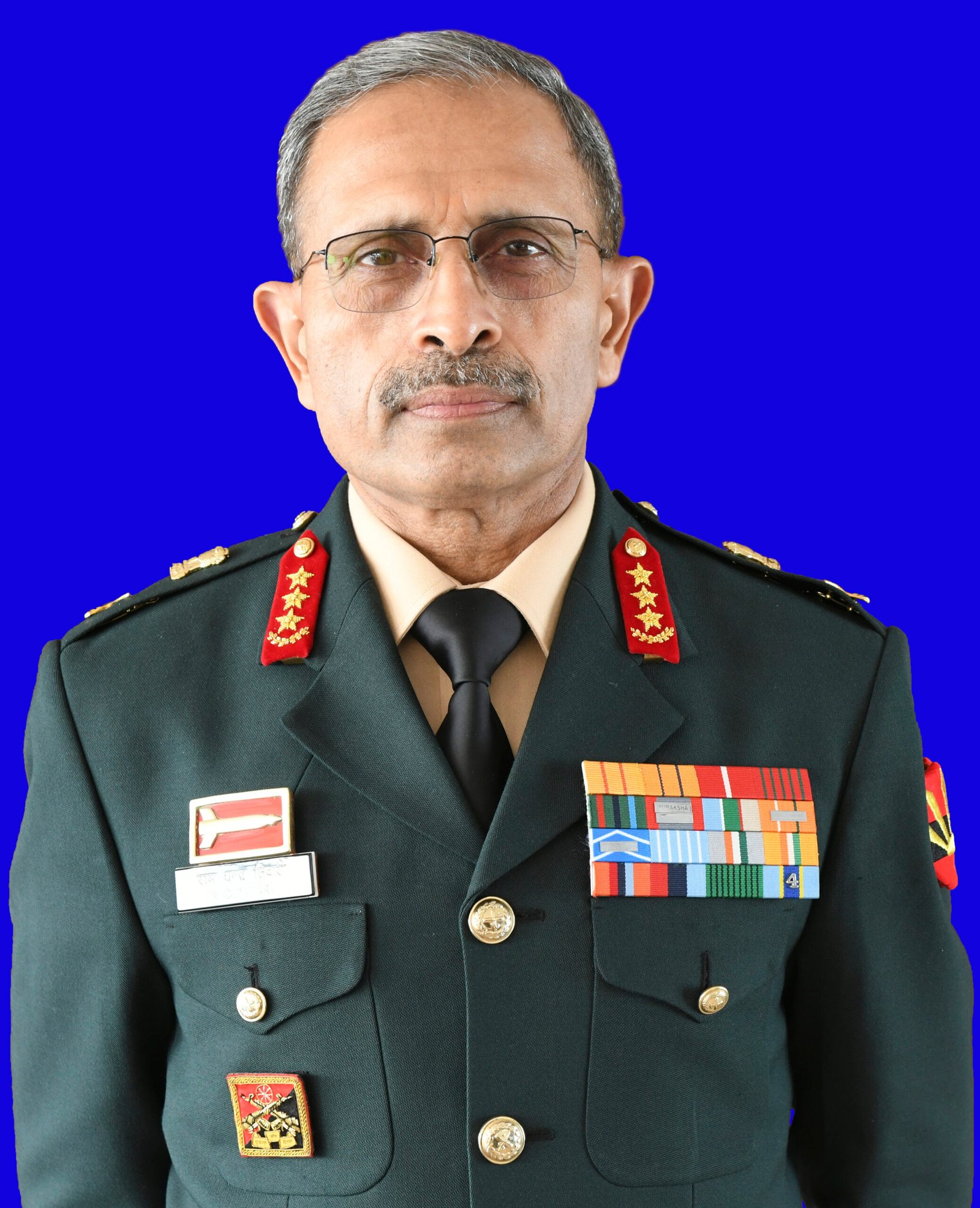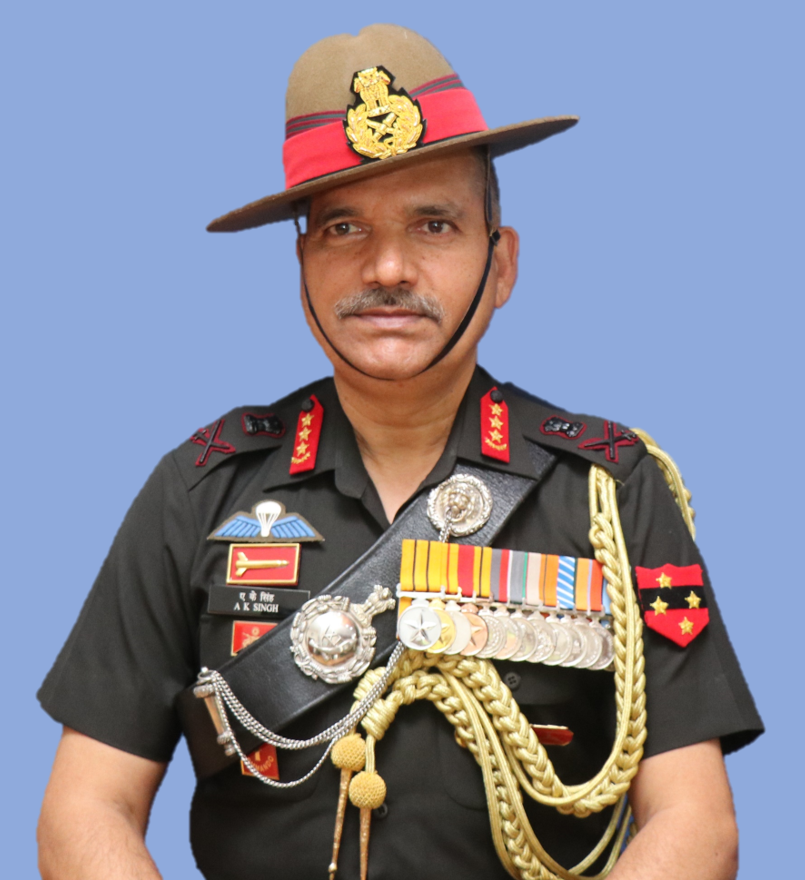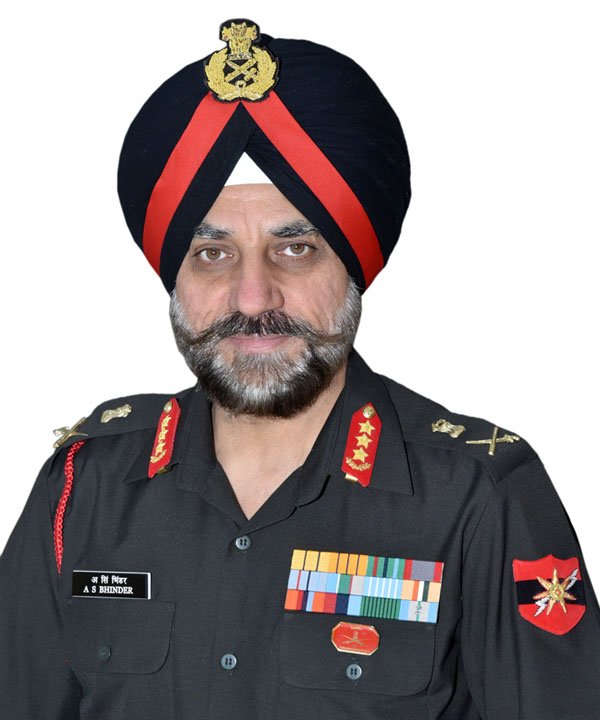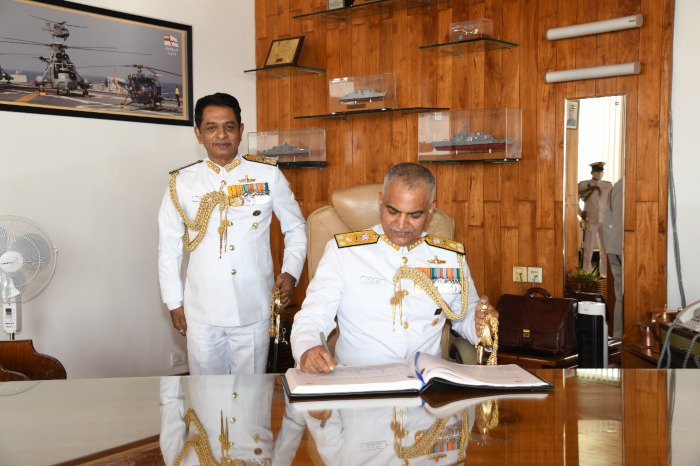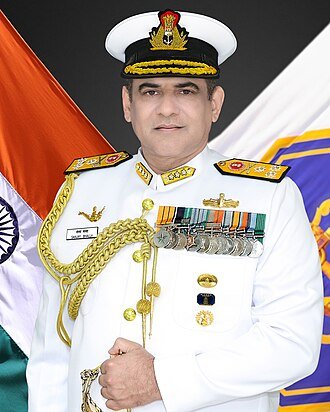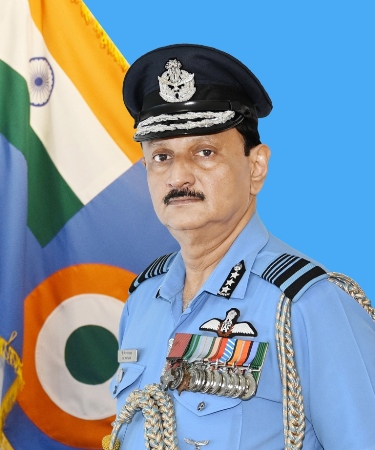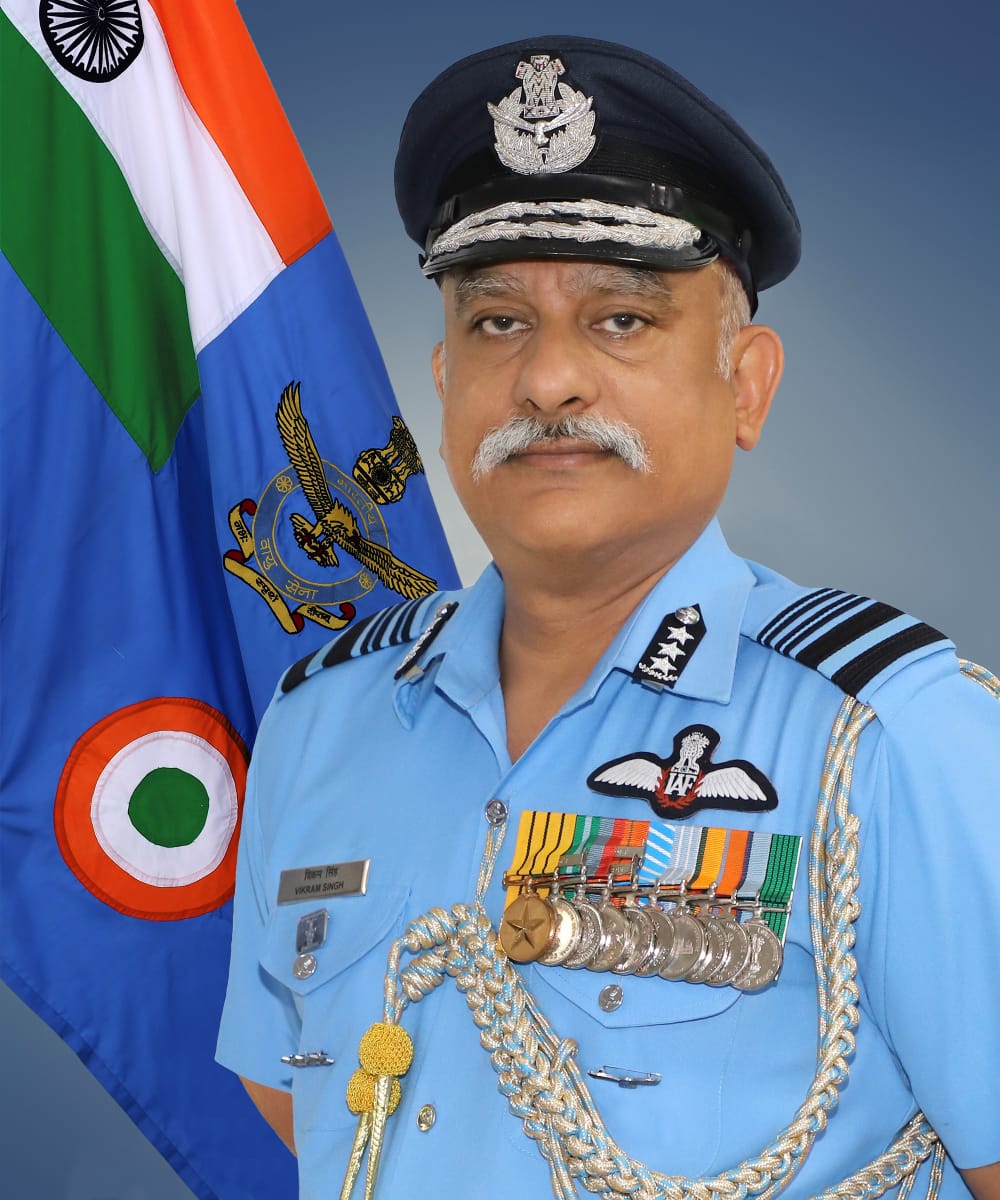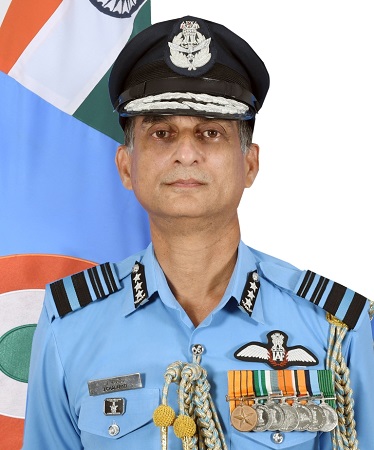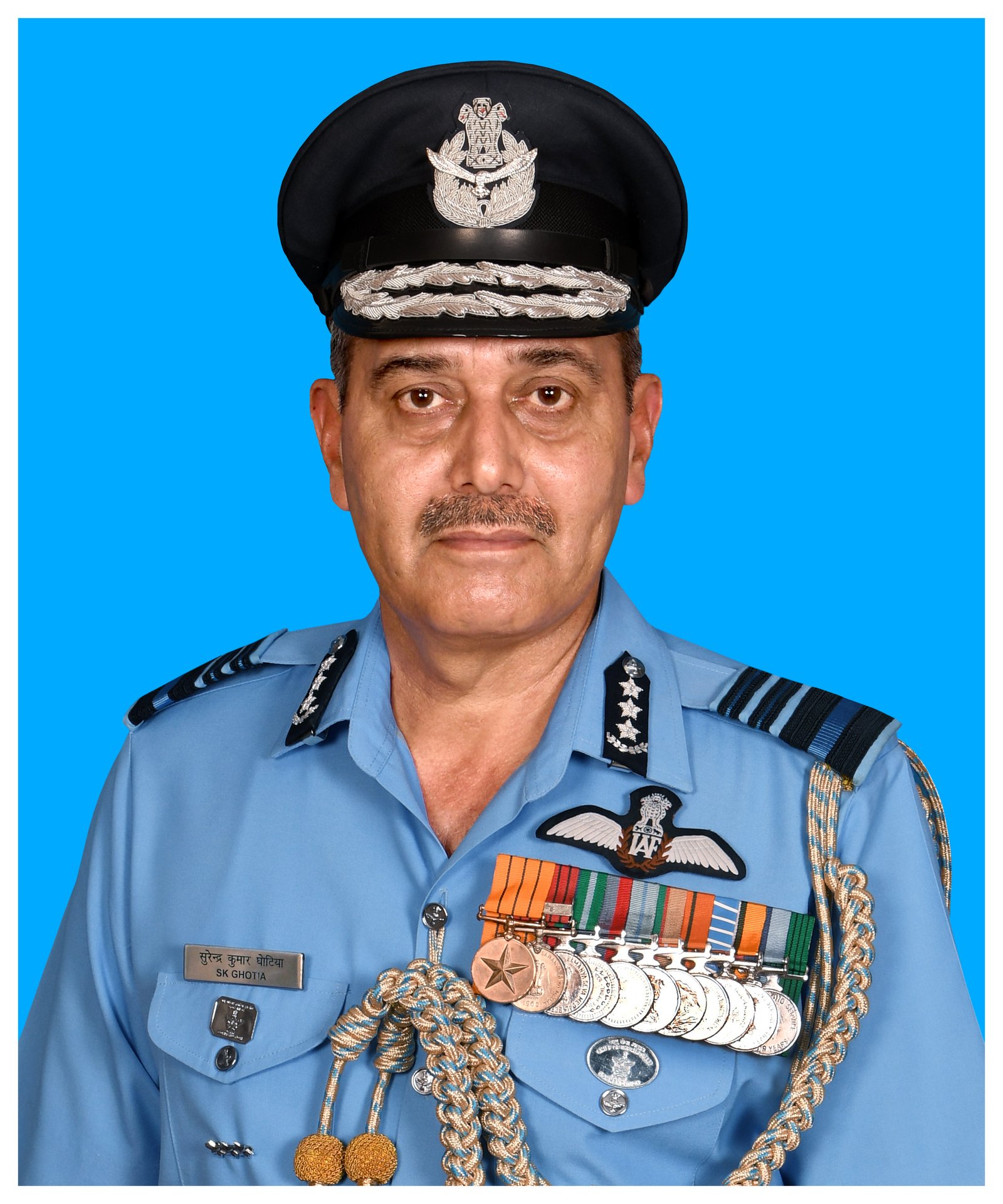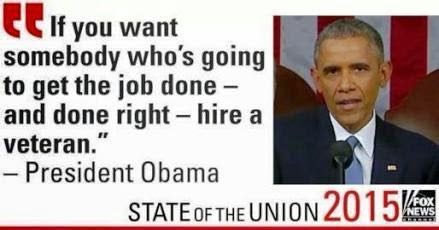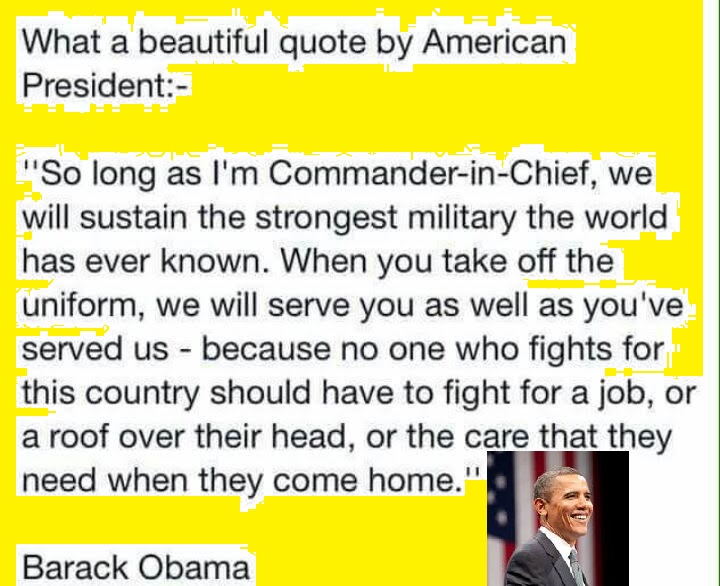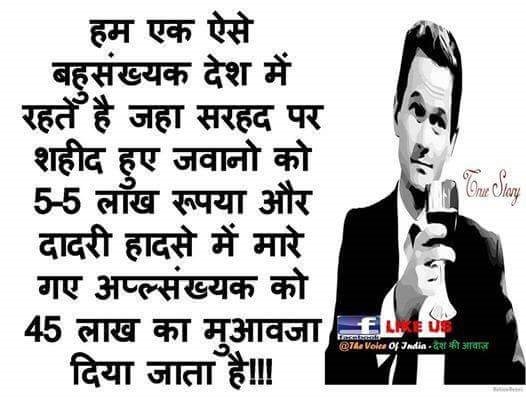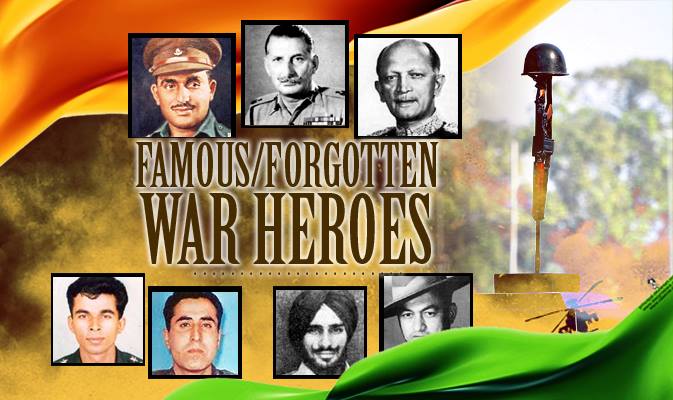What we forget is that this is not 1962 for the PLA, too, that has greater numerical superiority over the Indian Army and also advanced material and infrastructure in the Tibet Autonomous Region that abuts the LoAC in eastern Ladakh. Many roads lead to mountain passes bordering India to facilitate PLA mobilisation.

Rahul Bedi
Senior Journalist
The raft of former two and three-star Indian Army gladiators, agitated over the enduring military standoff with China in eastern Ladakh, continue to clamour daily on television networks that 2020 is not 1962 for India.
Their reference is to the four-week long border war between the neighbours over the disputed Line of Actual Control (LoAC) that ended in late November 1962 and in which India came off worse, leaving some three generations of Indian Army personnel variously scarred by the experience.
So much so, that even the TB Henderson Brooks inquiry report of 1963 into the border war — named after the three-star Army officer who conducted it — has not been made public after 57 years. Senior officials in governments have incredulously claimed that the report— of which just two copies exist— remains ‘sensitive’ and of ‘current operational value’.
But what these nocturnal warriors conveniently forget to mention in their nightly bombasts is that it is not 1962 for the People’s Liberation Army (PLA) too, that not only has greater numerical superiority over the Indian Army, but also vastly advanced material and infrastructure in the Tibet Autonomous Region (TAR) that abuts the LoAC in eastern Ladakh.
It is, after all, an open secret that China has developed a wide lateral road network crisscrossing the TAR, that includes axial carriageways built to stringent military specifications. Many such roads lead to mountain passes bordering India, with the sole purpose of facilitating rapid PLA mobilisation in anticipation of hostilities.
These roads are backed by an extensive regional rail network. The Golmund-Lhasa rail line, for instance, gives the PLA the capability to mobilise 10-12 divisions of 10,000-12,000 soldiers each, backed by artillery, armour and air defence formations, over a fortnight’s timeframe. Similarly, rail links from Lanzhou to Kashi and on to Lhasa facilitate easy switching of reserves and logistics resources between the Chengdu and Lanzhou Military Region bordering India.
Additionally, six to eight, all-weather airfields across Tibet with blast-proof pens for combat aircraft, backed by 18-27 advanced landing grounds and innumerable helipads in contiguous areas, are capable of supporting extensive PLA Air Force (PLAAF) operations. The enhancement in the strategic lift capability of the PLAAF too guarantees faster troop induction. And to address the issue of rapid force application at these formidable altitudes, the PLA has constructed hyperbaric chambers for swift acclimatisation of troops launched into the area from the lower regions.
Over decades, the PLA has also increased the intensity and frequency of its exercises in the TAR, as evidenced by the recent manoeuvres earlier this year, after which neither the participating infantry units nor their artillery and armoured assets, withdrew. They simply moved closer to the LoAC and presently constitute the faceoff with the Indian Army in at least five spots over which India’s control has, for decades, been indisputably acknowledged by China.
In all these exercises, the PLA had war gamed the induction of integrated command platforms along the LoAC, besides simulating the capture of mountain passes at heights over 5,000 metres, assisted by armoured vehicles and backed by drones and fighters armed with conventional and laser-guided ordnance. These drills progressively synchronised coordination between air power, ground and air defence forces with the eventual aim of totally dominating the border regions.
Furthermore, China has been boosting its conventional and strategic missile capability in the TAR that is targeted exclusively at India. This includes the nuclear-capable Dongfeng-3 (CSS-2) and Dongfeng-21 (CSS-5) intermediate and medium range ballistic missiles, with strike ranges between 3,000 and 2,500 km, respectively. Such coercive leverage against India in the TAR and along the LoAC is further backed by Beijing’s wider regional encirclement, amplified by its Belt and Road Initiative (BRI) that involves infrastructure development and investments in nearly 70 countries and international organisations.
The pivot of President Xi Jinping’s grandiose ‘Middle Kingdom’ ambitions, the Belt enterprise, refers to overland industrial and transport corridors linking China to Eurasia, the rich Gulf Sheikhdoms and the Middle East. The ‘Road’ part aims to network Beijing’s industrial heartland with the resource-rich Indian Ocean Region (IOR) via a multi-layered web of strategic, economic and military alliances.
India considers the BRI an enlarged version of China’s earlier undeclared ‘string of pearls’ strategy of entering into a labyrinth of unfolding competitive security, defence, commercial and diplomatic pacts with all its neighbours — Bangladesh, Bhutan, Myanmar, Nepal, Pakistan, Sri Lanka and Maldives and with Iran and Afghanistan.
In its endeavour to ‘encircle’ India, Beijing has pursued a Five-Finger policy of investing in each of these states in infrastructural projects, especially ports, with the potential of supporting PLAN operations and dominating sea lanes of communication in the Indian Ocean Region. China has also disbursed generous loans, delivered assorted materiel and funded joint commercial ventures to extend its strategic and financial influence.
The China-Pakistan Economic Corridor (CEPC), however, is Beijing’s largest ever such overseas investment and entails building a 2,390 km long road and rail network, interwoven with oil and gas pipelines across the country. This elaborate, under-development grid, is aimed principally at connecting Pakistan’s Gwadar port on the Arabian Sea with China’s commercially rich western Xinjiang region in order to ensure delivery, within days, of China’s oil and gas requirements from West Asia, which presently take four to six weeks to transport by sea.
Once fully operational, Gwadar will most certainly host PLAN warships and submarines, endangering vital Indian, US and other Western interests in the Persian Gulf and further threatening the Indian Navy in the Arabian Sea. Pakistan has reportedly ‘handed over’ Gwadar to China for 40 years, but little is publicly known of their secretive arrangement.
Back at the LoAC, the intended corridor will complicate matters for India, as the passageway traverses PoK. The incursion by PLA engineers into Gilgit-Baltistan to fabricate the corridor has triggered tension between Delhi and Beijing since 2010. The current LoAC faceoff, however, forebodes further hostility between the nuclear-armed neighbours.


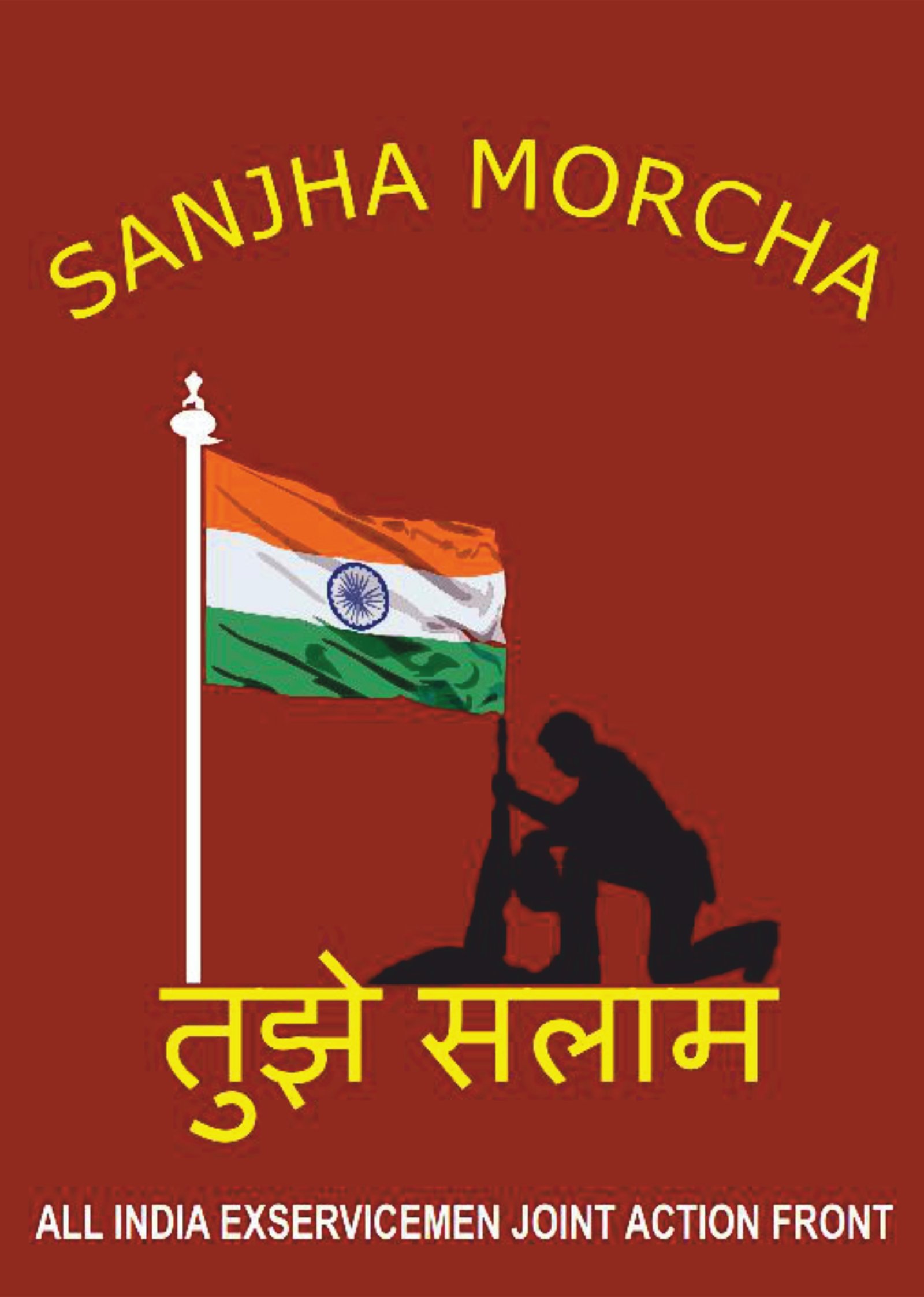

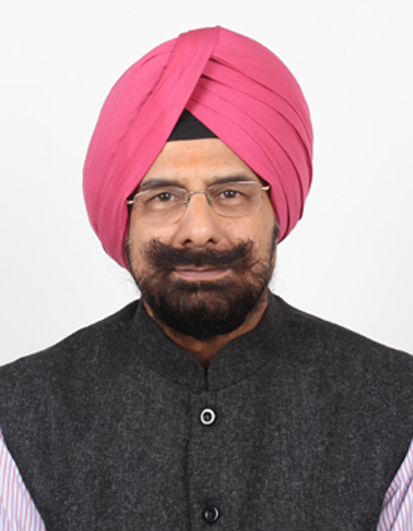


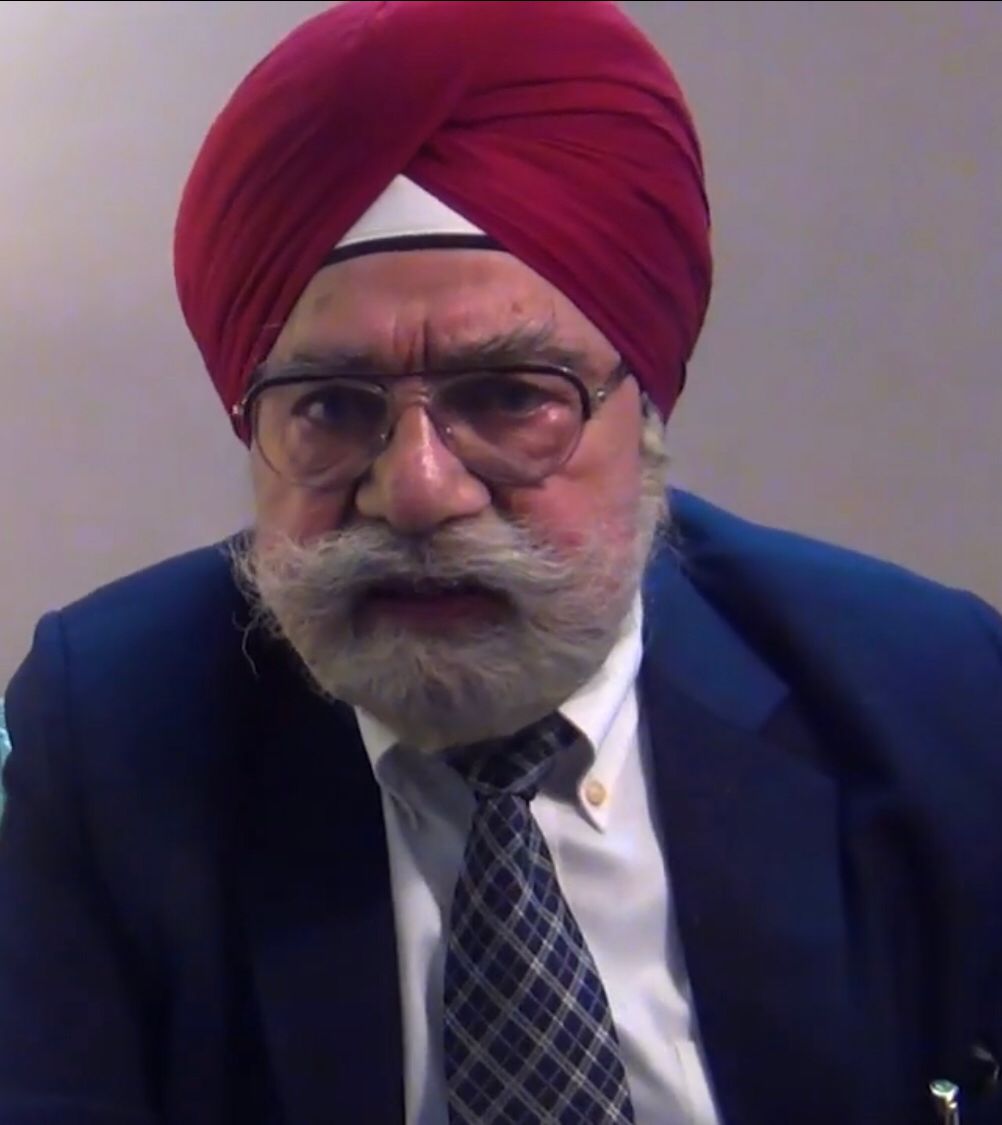


 KATHMANDU UPGRADES CHANGRU OUTPOST
KATHMANDU UPGRADES CHANGRU OUTPOST








